Editorial |
|
on demandTheme: Classical Music |
In C: Sem de Jongh
When I was at the conservatory, we had to analyse the first and second part of it. Harmony, structure, the lot. It took us weeks, and so I had plenty of time to fall in love with this piece, a love that has never ceased. In music, the power of repetition plays a major role. This piece is still giving me as much energy a s it gave me in my Sturm-und-Drang period at the conservatory. The Concertzender broadcasted this tempestuous sonata in December 2017.” Listen to a live performance in museum Hermitage Amsterdam. Sem de Jongh is Managing Director at the Concertzender |
on demandTheme: Classical Music |
In C: a life at two paces
Rachmaninov’s prelude in C minor, opus 23 no. 7 is a piece in two tempos. It is like a furtive procession, solemn and steady as a chorale, against a tempestuous background. Theoretically, it is a jewel that was composed around two chromatic sequences, both chromatic by nature also. However, what is the use of theory and chromaticism these days? Chroma means colour, and that is what is happening right now. The world is being coloured and hurt and is raging on and on, while it is just as much introverted, striding on and carefully touching (why do we talk about striking instead of touching keys?), and finally ending – while there is life, there is hope – in major. Here, Nikolai Lugansky plays it fabulously, a life in just two minutes. However, the most gripping interpretation of a life at two paces is the performance by Howard Shelley. Koen Croese is the editor-in-chief of the Concertzender’s newsletter, a presenter and a substitute technician. |
Daily as of Friday 1 May 2020Theme: Contemporary Music |
Composer of the month: Marius FlothuisIn May, Marius Flothuis will be our composer of the month. For a long time, Marius Flothuis (1914-2001) was the eminence grise of the Dutch music scene. He was organising underground concerts, was betrayed and imprisoned, firstly in Vught and later he was deported to Germany. Sonata da camera for flute and piano is one of the pieces he composed in captivity. It is a work that is unmarked by the conditions in which it was created. Marius Flothuis called it “a counterbalance to all the ugliness that is surrounding me”. He believed that all art, not only music, illustrated the power of creativity, especially in the darkest periods. In 1955, Marius Flothuis became the artistic leader of the Concertgebouworkest, a position he fulfilled up to 1974. Two years later, in 1957, he was asked to compose an orchestral work by the principal conductor Eduard van Beinum. A request that resulted in his work Symphonic music, which was frequently performed in the following years. The music exudes all Flothuis stands for: it is tonal with both impressionistic and expressionistic accents, it is concise, well-structured and elegant. During the 1980s, his music style was changing; he was experimenting more freely with the elements of his style. |
on demandTheme: Classical Music |
In C: Niklaas Hoekstra
For me, Mozart’s compositions in minor always strike the right chord (his Fantasy in C minor for piano, Piano Concerto No. 20 in D minor and, of course, the Requiem). The Great Mass is very special to me, because we listen to it each year on Christmas Eve, while making a Bundt cake in our kitchen for breakfast the next morning. We love the performance by the English Baroque Soloists and the Monteverdi Choir led by John Elliot Gardiner. The opening chords of the Kyrie always give me goose bumps. The voices of soprano Sylvia McNair and mezzo-soprano Diana Montague, which curl around each other beautifully in the Domine Deus of the Gloria, are also highlights of this performance.” On the website of the Concertzender, you can find a performance of the mass by Concentus Musicus Wien led by Nikolaus Harnoncourt. Niklaas Hoekstra is a programme maker and a presenter.
|
Theme: Jazz |
Tune in with Ellister van der Molen
For their second album (an audiophile production), they arranged ten pieces that have a connection with New Orleans, the birthplace of jazz. So, it is existing repertoire in which old and new coincide. Ellister said: “This project made me use the plunger – you know that thing that you use in your bathroom – more frequently. It produces a ‘wah-wah’ effect, which is enhanced if you use your throat for distortion. It makes the music feel both raw and human at the same time. Exactly expressing what we are going through right now.” What can we expect when performing with an audience is allowed again? |
Theme: Jazz |
|
on demandTheme: Classical Music |
|
Saturdays 9, 23 en 30 May 2020Theme: Jazz |
Jazz LiveNormally there are two Live Jazz episodes per month on the Concertzender. But because there are five Saturdays in May this year, there is an extra episode. Lucky you! Here’s the menu
On 15 October Davis played with Sonny Stitt, a different cup of tea to Coltrane. Miles Davis came back to Amsterdam in 1964 with a brand-new quintet who played Footprints. The JOC plays a tribute. |
Tuesday 5 May 2020Theme: Classical Music |
In C: Thijs Bonger
It was not till the age of thirty – after extensive lessons and transcribing Haydn’s quartets – that Beethoven felt confident enough to publish six quartets. Many musicologists consider his string trio’s opus 9 (published 3 years earlier) to be practice rounds, devaluing their quality unfairly. And we would love to convince you otherwise. Composing a string trio is nearly as difficult as a quartet. It is difficult not to make one sound ‘dull and flat’. And then there is the fact that at the end of the 18th century, string trios had just been invented so there was less pressure on composers. This might have informed Beethoven’s decision. After he settled in Vienna in 1792, he started following lessons with Salieri and Haydn. He was not too happy with the latter. Haydn and Beethoven did not get along, Meanwhile, Beethoven had been making a name for himself as pianist and composer. He had published his piano trio’s opus 1 and he had been asked to compose dance music for the prestigious artists ball. When Haydn returned to Vienna after his triumphs in London and was offered a welcome concert, Beethoven was asked to perform one of his piano concertos. Thijs Bonger is programme maker and radio host. |
Theme: Classical Music |
Want more C minor still?If you would like to listen to more songs in C, Emanuel Overbeeke has compiled a list of them! Too great to keep to ourselves, because it is filled with a lot of absolutely amazing works. Take a look for yourself:
Mozart: |
Before 29 May 2020 |
|
ColophonConcertzender
|
Next newsletterThe next Concertzender newsletter will appear late May / early June. In the meantime, go to our website for the latest news
Help us to continue broadcastingAre you a supporter of the Concertzender but not a sponsor yet? Register as a sponsor or make a donation. Depending on the amount of the donation, you will receive:
If you are a sponsor already, perhaps you have friends or colleagues who would also be interested in supporting the Concertzender. Register your friends for our newsletter and inform them about the possibilities to sponsor the Concertzender. |
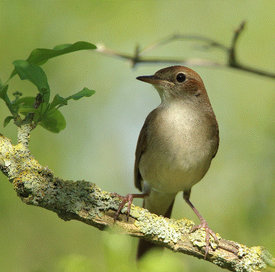 From C tot c minor
From C tot c minor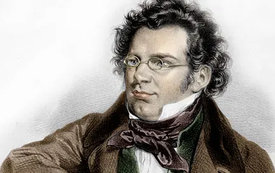 “Ever since I was 19, I have loved Schubert’s Piano Sonata no. 21 in C minor, D 958.
“Ever since I was 19, I have loved Schubert’s Piano Sonata no. 21 in C minor, D 958.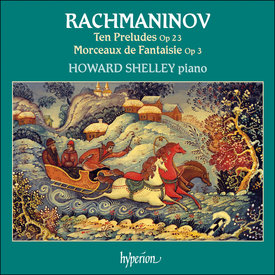 We live our lives fast and slow at the same time. Every day, we are confronted with new facts, statistics, dramas and stories about a disease that is trying to outdo us, and at the same time life has almost come to a standstill. If we go out at all, it is with caution, two persons at the time, and at a distance.
We live our lives fast and slow at the same time. Every day, we are confronted with new facts, statistics, dramas and stories about a disease that is trying to outdo us, and at the same time life has almost come to a standstill. If we go out at all, it is with caution, two persons at the time, and at a distance. 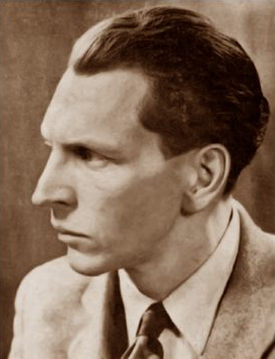 Around 1937, he became known as a composer, musicologist and as the assistant leader of the Dutch Concertgebouworkest. He had to give up this latter position in 1942, when he refused to collaborate with the Nazis.
Around 1937, he became known as a composer, musicologist and as the assistant leader of the Dutch Concertgebouworkest. He had to give up this latter position in 1942, when he refused to collaborate with the Nazis.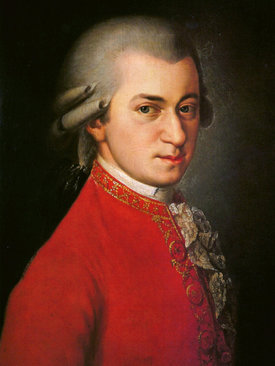 “I love many compositions in C minor: Beethoven’s last piano sonata (with the earliest ‘boogie-woogie’), Schubert’s first Impromptu (D899) or Mahler’s Symphony No. 2, especially its first part. However, Mozart’s Mass in C minor (also known as the Grosse Messe or Great Mass) is closest to my heart.
“I love many compositions in C minor: Beethoven’s last piano sonata (with the earliest ‘boogie-woogie’), Schubert’s first Impromptu (D899) or Mahler’s Symphony No. 2, especially its first part. However, Mozart’s Mass in C minor (also known as the Grosse Messe or Great Mass) is closest to my heart. Jazz musician Ellister van der Molen is a trumpetist and – it is an existing word! – a flugelhornist. In November 2020, she will release a new album that is inspired by New Orleans. Besides Ellister, the band RED also consists of Hammond organist Bob Wijnen, tenor-saxophonist Gideon Tazelaar and Wouter Kühne on drums.
Jazz musician Ellister van der Molen is a trumpetist and – it is an existing word! – a flugelhornist. In November 2020, she will release a new album that is inspired by New Orleans. Besides Ellister, the band RED also consists of Hammond organist Bob Wijnen, tenor-saxophonist Gideon Tazelaar and Wouter Kühne on drums.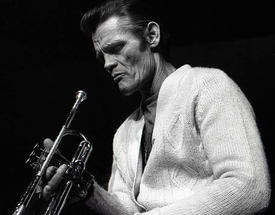 In C: Ellister van der Molen
In C: Ellister van der Molen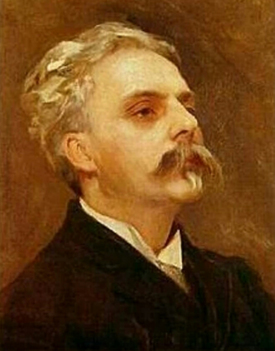 In C: Emanuel Overbeeke
In C: Emanuel Overbeeke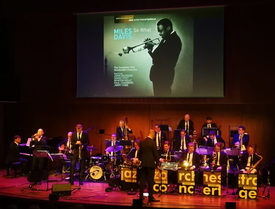 Miles in May
Miles in May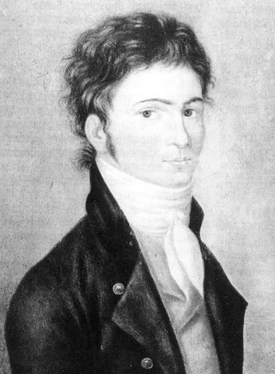 It may be hard to believe but get this: Beethoven was scared of string quartets. Composing for one was known to be a difficult medium, one that forced composers to show their true colours.
It may be hard to believe but get this: Beethoven was scared of string quartets. Composing for one was known to be a difficult medium, one that forced composers to show their true colours. Bach:
Bach: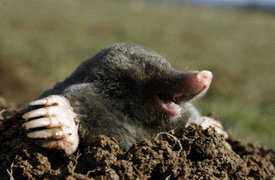 Prize Draw
Prize Draw












